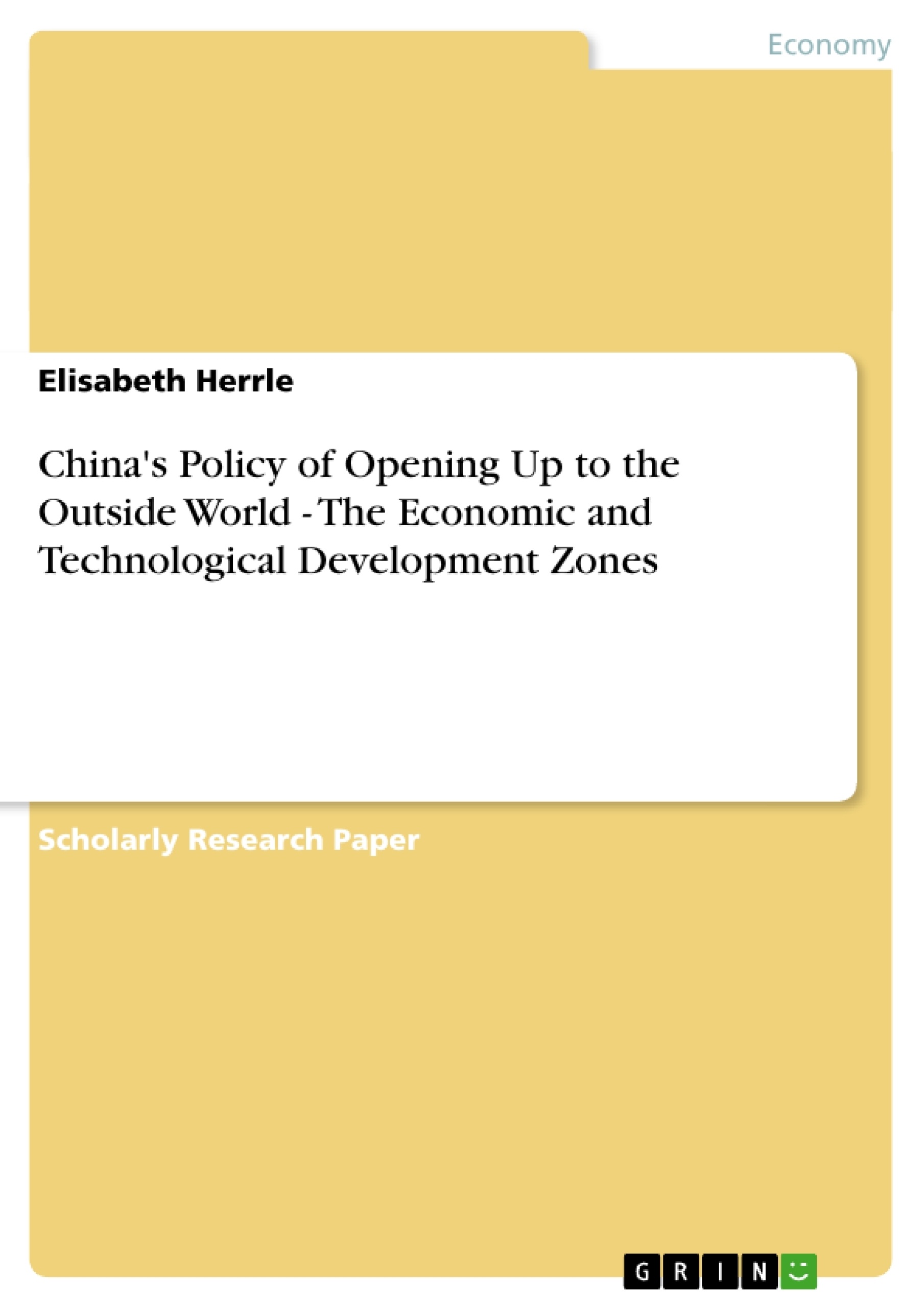A Survey of China
1.1. Geography
Zhonghua Renmin Gongheguo, the People’s Republic of China (PRC) is the world’s fourth largest country (after Russia, Canada and the United States) covering an area of about 9.6 million square kilometers and stretching from the temperate to subtropical zones.
In size and climate one can compare China with the United States, but its topography is quite different with more mountains and hills and a shorter coastline. These topographic features result in higher transportation costs and in a greater requirement for physical infrastructure construction. Hence, the economic development in China is more challenging than, for instance, in the United States.
However, the natural resources China is endowed with are favorable to its development. One cannot only exploit coal, iron ore, or natural gas, but China is also blessed with the world’s largest hydropower potential.1
1.2. Population
About 1.3 billion people (July 2004 est.) live in the PRC, with a population growth rate of 0.57% (2004 est.). The life expectancy at birth of the total population comes to 71.96 years (male: 70.4 years, female: 73.72 years, 2004 est.).
Moreover 90.0% of the Chinese population is literate, meaning that only 9.1% of the population of age 15 and over cannot read and write.2
-----
1 cp. Démurger et al. (2002), p. 8, CIA (2005), and Table 1
2 cp. CIA (2005), and Table 1
Inhaltsverzeichnis (Table of Contents)
- A Survey of China
- Geography
- Population
- Government
- The Economic Policies in China
- The Central Planning Period (1949-78)
- The Market-oriented Reforms Period (since 1978)
- The Establishment of Special Economic Zones
- The Establishment of Economic and Technological Development Zones
- Characteristics of Economic and Technological Development Zones
- The Economic Development in Economic and Technological Development Zones
- Qinhuangdao Economic and Technological Development Zone
- The Impacts of Economic and Technological Development Zones on the Chinese Economy
- Critical Analysis of China's Opening Up Policies and the Economic Situation in China Today
Zielsetzung und Themenschwerpunkte (Objectives and Key Themes)
This seminar paper examines the development of China's opening-up policy, particularly focusing on the role of Economic and Technological Development Zones (ETDZs). It explores the historical context of China's economic policies, from the centrally planned period to the market-oriented reforms. The paper aims to understand the characteristics and economic impact of ETDZs, specifically analyzing the Qinhuangdao ETDZ as a case study.
- China's economic policies and their evolution
- The establishment and characteristics of ETDZs
- Economic development within ETDZs and their impact on the Chinese economy
- The role of the Qinhuangdao ETDZ as a case study
- Critical analysis of China's opening-up policies and the current economic situation
Zusammenfassung der Kapitel (Chapter Summaries)
The first chapter of this paper provides a general overview of China, covering its geography, population, and government. It highlights China's vast size, diverse topography, and significant population. The chapter also sheds light on the country's political system and the role of the Communist Party of China (CPC).
The second chapter delves into the economic policies of China, dividing them into two distinct phases: the centrally planned period (1949-1978) and the market-oriented reforms period (since 1978). The chapter discusses the challenges faced by China during the centrally planned period and the subsequent shift towards market-oriented reforms. It examines the establishment of Special Economic Zones (SEZs) and ETDZs as key elements of this reform process.
The third chapter focuses on the characteristics and economic development of ETDZs. It discusses the factors contributing to their success, including preferential policies and investment incentives. This chapter also examines the impact of ETDZs on the Chinese economy, including their contribution to economic growth, employment creation, and technological advancements.
The fourth chapter presents a critical analysis of China's opening-up policies and the current economic situation. It assesses the benefits and challenges associated with China's economic transformation, including the potential for social inequalities and environmental degradation.
Schlüsselwörter (Keywords)
China, Economic Development Zones, Market-oriented Reforms, Opening-up Policy, Central Planning, Special Economic Zones, Qinhuangdao, Economic Growth, Technological Development, Case Study, Critical Analysis.
- Citar trabajo
- Elisabeth Herrle (Autor), 2005, China's Policy of Opening Up to the Outside World - The Economic and Technological Development Zones, Múnich, GRIN Verlag, https://www.grin.com/document/41943



